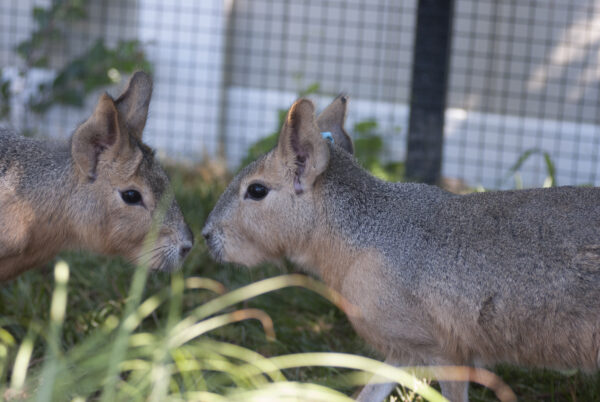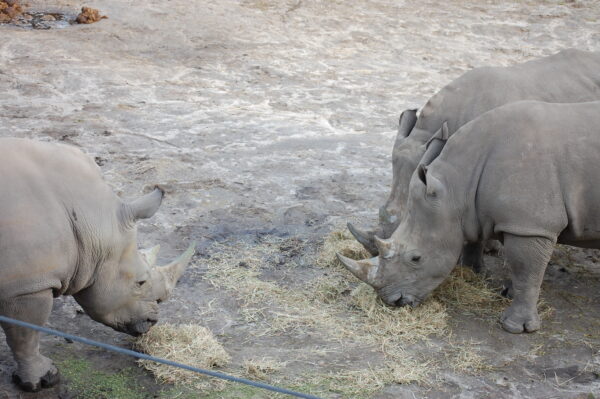Playing Matchmaker
Valentine’s Day is today, which means us humans either already have a date for tonight or might be hopeful we’ll find a date before the night is over.
There are many ways for humans to find a partner – online dating, happenstance, building a relationship from a friendship, or the always-fun, blind date. For animals under human care, finding a partner is different, especially for certain species that are fighting to survive in the wild. There is more to it than just putting a male and female together in an exhibit. To help species thrive and repopulate, the Association for Zoos and Aquariums (AZA) plays matchmaker.

More than 500 Species Survival Programs currently exist and are established by the AZA. These programs, which differ for each species, oversee and manage a species’ population in zoos by monitoring breeding to prevent overpopulation and inbreeding. The SSP also ensures the species’ survival in the wild through conservation efforts such as programs to combat poaching and the illegal wildlife trade. Maximizing the genetic diversity of the species through breeding is also a priority of the SSP, which is why animals are often transferred to different zoos.
Humans can track down ancestry and ethnicity using DNA from sources such as Ancestry.com and 23 and Me. The AZA uses Taxon Advisory Groups, which have a very detailed list of which animals in a species are more closely related than others. Computer databases help compile records of each individual animal in the SSP. To ensure as much genetic variation in the captive population as possible, the TAGs use these databases to look at the structure of the animals’ DNA, as well as other factors like age and sex, and will pair animals within the same species that will be a good reproductive match.
The TAGs know which animals are at which zoos, and will request for a pairing of the animals if the receiving zoo has space for the new individual. Once the request is approved, the animal is moved.
Several species currently at the Virginia Zoo have SSPs and are under the supervision of TAGs. From our Malayan tigers to the White rhinos, the AZA has played a major role in the pairing of these animals. The Tiger SSP is successful as our famed tiger cubs Stubbley and Osceola were born in January 2016. Two of our three rhinos are new to the US gene pool, making the two girls extremely important. These are only two examples of many of successful or potentially successful SSPs at the Virginia Zoo.

You probably wouldn’t use DNA to find your perfect match, but for the AZA this method works best in saving and repopulating species. Happy Valentine’s Day from the Virginia Zoo! Be sure to check our social media for special animal enrichment for the holiday of love.